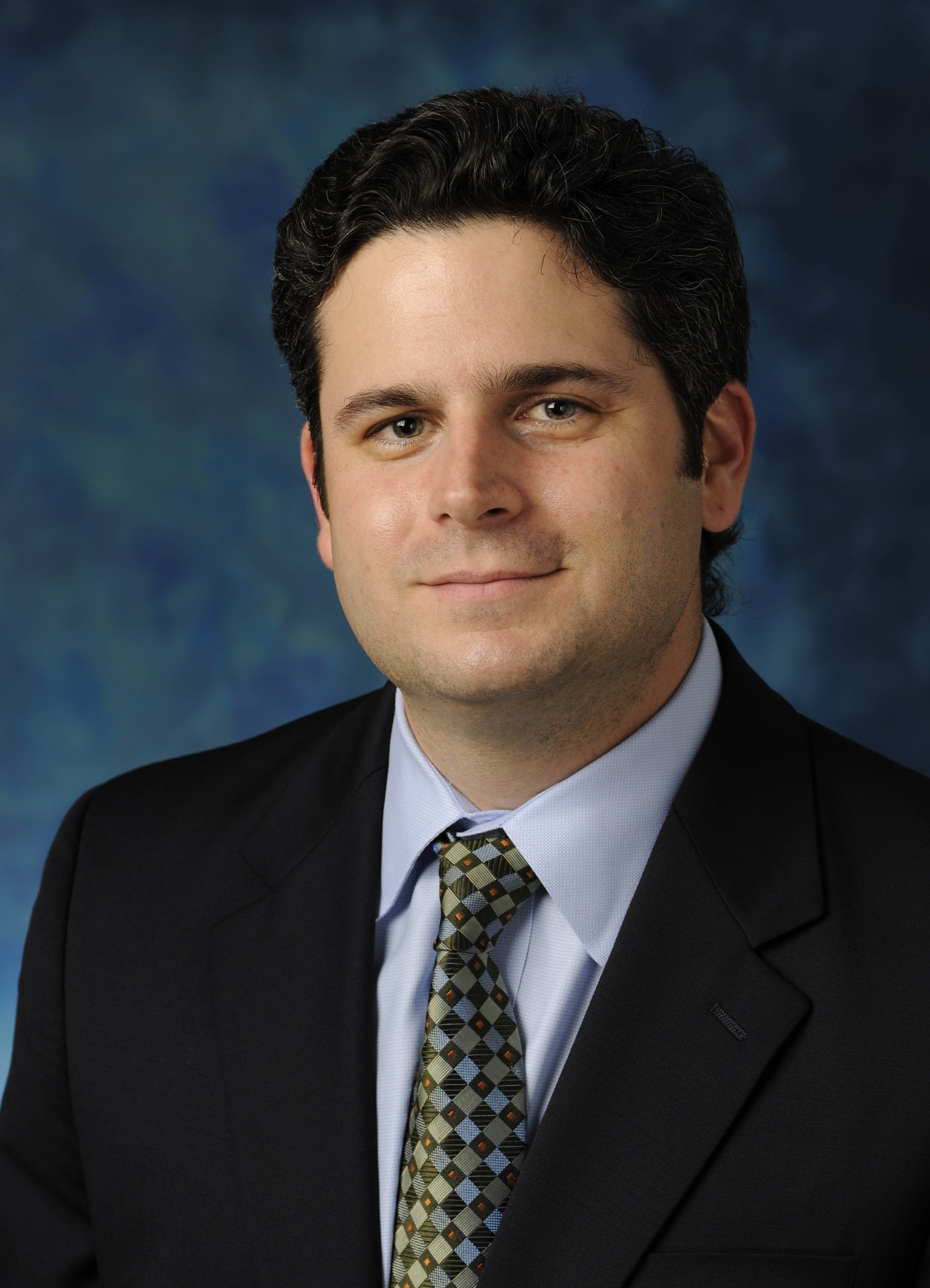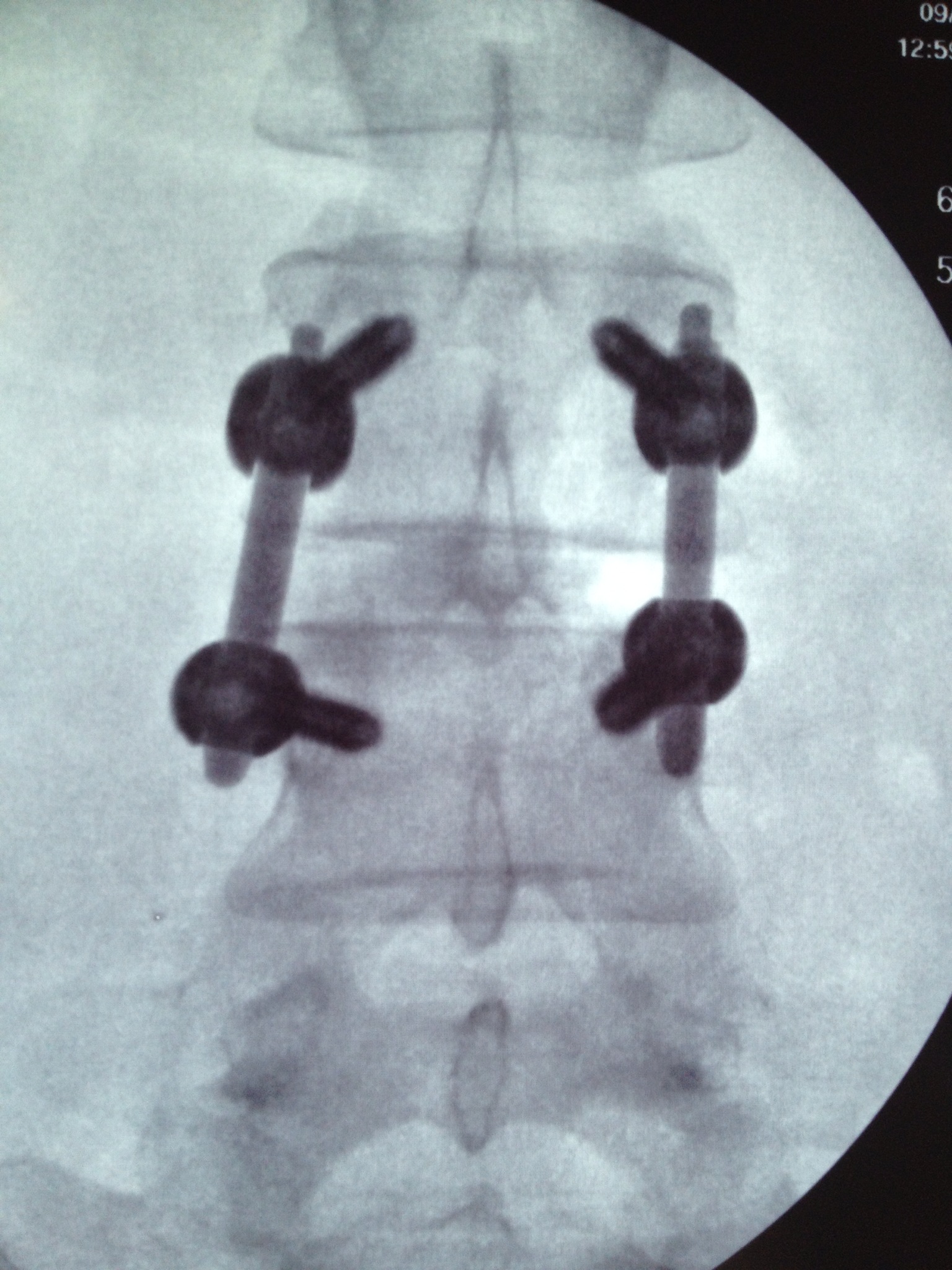 Michael Gleiber, MD, is the founding partner and president of his spine surgery practice, which has locations in Jupiter and Boca Raton, Fla. He is Surgeon in Chief and Chief Medical Officer of Michael A. Gleiber, M.D., PA. He has been inducted into Super Doctors, as elected by his physician colleagues in 2012, and rated among The Top Orthopedists in America by Consumers' Research of America. Dr. Gleiber is on staff at The University of Miami Hospital and several Palm Beach County medical centers. He is a board certified orthopaedic spine surgeon focusing on minimally invasive spinal surgery. He completed his training at Columbia University in orthopaedic surgery followed by a spine surgery fellowship at The Leatherman Spine Institute. Here, Dr. Gleiber discusses the minimally invasive surgical techniques he uses in his practice and where the field of spine surgery is headed in the future.
Michael Gleiber, MD, is the founding partner and president of his spine surgery practice, which has locations in Jupiter and Boca Raton, Fla. He is Surgeon in Chief and Chief Medical Officer of Michael A. Gleiber, M.D., PA. He has been inducted into Super Doctors, as elected by his physician colleagues in 2012, and rated among The Top Orthopedists in America by Consumers' Research of America. Dr. Gleiber is on staff at The University of Miami Hospital and several Palm Beach County medical centers. He is a board certified orthopaedic spine surgeon focusing on minimally invasive spinal surgery. He completed his training at Columbia University in orthopaedic surgery followed by a spine surgery fellowship at The Leatherman Spine Institute. Here, Dr. Gleiber discusses the minimally invasive surgical techniques he uses in his practice and where the field of spine surgery is headed in the future.Q: What is the focus of your practice?
Dr. Michael Gleiber: Right now, the only procedures, with rare exception such as infections and tumors where a larger exposure is critical, I'm performing are minimally invasive spine surgery of the cervical, thoracic and lumbar spine. I'm doing them in a fashion where patients are generally going home after an observation stay; occasionally they are staying for one full day post operatively. I'm performing multilevel cervical and lumbar fusions and revision operations as well in this manner.
The key here is the patients I'm operating on all get up the day of surgery and are walking with physical therapy per my physical therapy protocol. Their pain management is very important in their getting up because they are still sore by the incision; however, I discuss my protocol with them prior to surgery so they know I want them to ambulate the day of surgery. This helps speed up their recovery but also assists in decreasing stiffness and discomfort at the surgical site as well as assists with voiding postoperatively. Understanding the post operative expectations is important. If you have a patient who has been on pain medication for a long time before surgery, you have to plan for this ahead of time and get the proper team "on board," so these opioid dependent folks can start there rehab ASAP.
Q: What is unique about the minimally invasive procedures you perform?
 MG: I'm performing surgeries that are truly are minimally invasive. For example, micro-discectomies are done through a half inch incision and patients leave the hospital or surgery center within two hours after surgery. Patients who require lumbar laminectomies are done through a one to three inch incision — depending on the number of levels I operate on — with a full central and lateral recess decompression. One of the ways I'm able to do this is by using intraoperative C-arm fluoroscopy to make sure I'm at the right levels prior to making an incision.
MG: I'm performing surgeries that are truly are minimally invasive. For example, micro-discectomies are done through a half inch incision and patients leave the hospital or surgery center within two hours after surgery. Patients who require lumbar laminectomies are done through a one to three inch incision — depending on the number of levels I operate on — with a full central and lateral recess decompression. One of the ways I'm able to do this is by using intraoperative C-arm fluoroscopy to make sure I'm at the right levels prior to making an incision.Patients who have indications for a lumbar fusion with TLIF can have as small as a three-quarter inch incision. I performed this procedure this week and the patient was walking and left the hospital the day after surgery. In order to accomplish this, I take X-rays before hand to localize the pedicles as well as the area that needs to be decompressed. The incision is made over the area that needs to be decompressed and subsequently the interbody fusion cage is placed in. A close working relationship with the radiology technician is critical. The X-rays must be perfect — otherwise this greatly increases room for error. The endplates must be completely parallel — and in deformity this still must be the case.
However, the screws are being placed percutaneously or over the lumbo-dorsal fascia under the X-ray guidance. This is a dramatic change in the way we used to perform spine surgery where we stripped and violated the normal healthy soft tissues that did not need to be accessed in order to perform the operation. Now we are able to not only place the screws percutaneously, but also make sure that the decompression is performed adequately by understanding the neuro-anatomy and normal anatomic landmarks. We also take a careful review of the preoperative flexion/extension views, CAT scan and MRI.
Q: What are the clinical benefits of minimally invasive procedures?
MG: By not violating the normal healthy soft tissues, patients experience much less discomfort in their back and neck postoperatively. Therefore, their pain medication requirements are much less. We also perform the same technique with screw placement either in a subfascial or percutaneous fashion when doing deformity surgery in the thoracic spine. The results are similar, although generally speaking these patients may end up walking post-op day one instead of post-op day zero because the length of their procedure is longer. Even in these patients, pain requirements postoperatively are significantly less than with percutaneous screws and minimally invasive TLIF.
Q: How do you handle cervical procedures with minimally invasive techniques?
MG: In regard to the cervical spine, for patients who have anywhere from one to three levels I perform an anterior cervical decompression and fusion. These patients have an incision that is approximately one to 1 ½ inches long. I prefer to utilize the left side surgical anterior approach due to the pathway recurrent laryngeal nerve, which is more common on the left side.
Before I make my incision, I make sure I'm at the correct levels by using a Kocher Clamp and C-arm fluoroscopy once again so I know I'm directly over the area that needs to be addressed. The technique that I recommend for multilevel fusions, which can certainly be performed with the same length incision, is to focus on adequate undermining the cervical soft tissues medial, lateral, cephalad, and caudal, followed by a generous split in the platysma muscle.
You do not want to be fighting yourself during the operation if your exposure is inadequate. This is the most critical step in performing the operation safely and without significant retratraction on the vital cervical structures. It is also critical to re-approximate the platysma after surgery so there wound heals nicely. I also perform a plastic surgery type closure with minimal suture using dissolvable stitches to provide an appealing scar and avoid "puckering" of the skin. By re-approximating the soft tissues properly, should the patient ever need additional surgery down the line, I attempt to preserve the normal surgical planes.
I am able to access three or four levels to perform surgery using a surgical microscope without significant retraction of esophagus, trachea or carotid sheath. Therefore, patients have less difficulty swallowing or hoarseness postoperatively. Most of them are eating soft food the night of surgery and a regular breakfast the morning after they are discharged.
Q: What are the economic benefits of minimally invasive procedures?
MG: To begin with, the patient's hospital stay is shorter, meaning the overall global cost of the hospital stay is lessened. The amount of blood loss is lessened so the patients almost never require a transfusion. Many of these patients are just under observation stay — it's not a true inpatient stay — so the insurance company and patient are responsible for less in the global cost analysis. Smaller incisions have the added benefit of decreasing infection rate because there is less exposure. Fewer complications also brings down the length of stay and rate of readmissions.
Q: Where do you see minimally invasive procedures heading in spine surgery?
MG: Minimally invasive surgery is where spine surgery is headed. The spine community as a whole is becoming more and more accustomed to performing less invasive surgical procedures, whether through arthroscopic technology or by operating through a tube.
In the next 10 years, I see almost all of spine surgery being done in a minimally invasive fashion. There is plenty of opportunity for training through organizations like the North American Spine Society or implant companies who provide direct cadaver lab workshops where these procedures are promulgated.
Years ago we did appendectomies and gall bladder removal through a large open abdominal incision. Nowadays the majority of these are performed laparoscopically. Many other fields have already adapted less invasive techniques, particularly vascular, cardiac and general surgery. Spine surgery is following.
More Articles on Spine Surgery:
7 Spine Surgeons on Biggest Opportunities for Growth in Spinal Surgery
7 Spine Surgeons on Cash-Pay Options
5 Spine Surgeons on Negotiating Out-of-Network Payor Contracts

